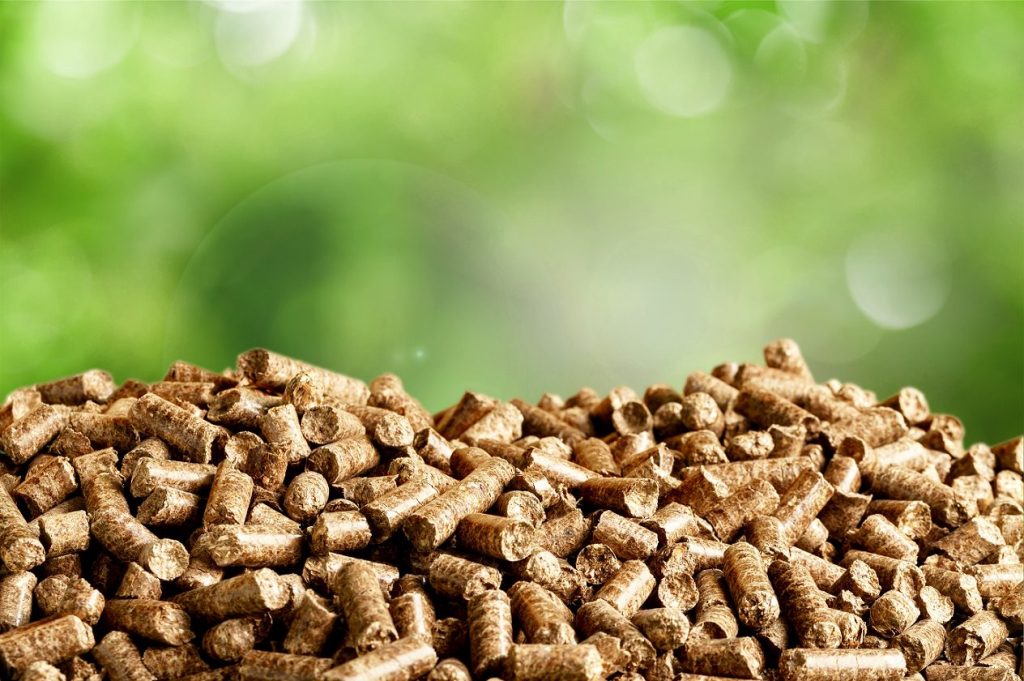Timber pellets are a type of biomass gas made from compressed sawdust, timber chips, or other timber residues. They are widely used as a alternative power source for heating domiciles, companies, and professional facilities. Wood pellets provide several advantages over old-fashioned fossil fuels, including lower carbon emissions, decreased dependence on non-renewable sources, and cost-effectiveness.
One of the primary great things about wood pellets is their sustainability. Unlike fossil fuels, which are finite methods, wood pellets are produced from alternative biomass materials which can be replenished through responsible forestry techniques and sustainable land management. This makes wood pellets a far more green option to old-fashioned heating fuels, as they help reduce greenhouse gasoline emissions and mitigate climate change.
Moreover, timber pellets are highly efficient when utilized in modern pellet ovens, boilers, and furnaces. They have a higher power density and make consistent, adjustable temperature, allowing for accurate heat regulation and optimum comfort. Moreover, wood pellet heating techniques could be automated and integrated with current heating infrastructure, making them easy and simple to use.
As well as their environmental and performance benefits, timber pellets may also be cost-effective compared to many different heat fuels. While the first expense in a timber pellet heating system may be more than that of a conventional heater or boiler, the long-term savings on gasoline charges may counteract this cost over time. Also, timber pellets in many cases are produced domestically, reducing transportation expenses and encouraging regional economies.
Moreover, wood pellets are a versatile energy that can be utilized in many different heating applications. They may be burned in pellet ovens for residential heating, pellet boilers for greater houses and professional spaces, and pellet furnaces for industrial processes. That mobility makes timber pellets ideal for a wide selection of heating wants, from individual houses to large-scale facilities.
However, it’s necessary to take into account environmentally friendly and cultural influences of wood pellet production. While sustainably managed woods may serve as a renewable source of biomass for pellet generation, unsustainable logging techniques and deforestation may lead to habitat reduction, biodiversity decrease, and different environmental issues. Moreover, the need for wood pellets has increased issues about competition for land and resources, as well as possible issues with food manufacturing and conservation efforts.
Additionally, the sustainability of wood pellet creation depends upon responsible sourcing and accreditation practices. Organizations like the Sustainable Biomass Program (SBP) and Forest Stewardship Council (FSC) have developed standards and qualification systems to market responsible forestry practices and guarantee the sustainability of wood pellet production. By buying qualified timber pellets, consumers may support companies that adhere to rigid environmental and cultural standards.
In summary, timber pellets offer a sustainable, successful, and buy wood pellets -effective alternative to standard heat fuels. They are made from renewable biomass resources, create decrease carbon emissions than fossil fuels, and may be used in many different heating applications. However, it’s important to think about the environmental and cultural affects of timber pellet creation and to guide responsible sourcing and accreditation techniques to ensure the sustainability with this alternative energy source.

